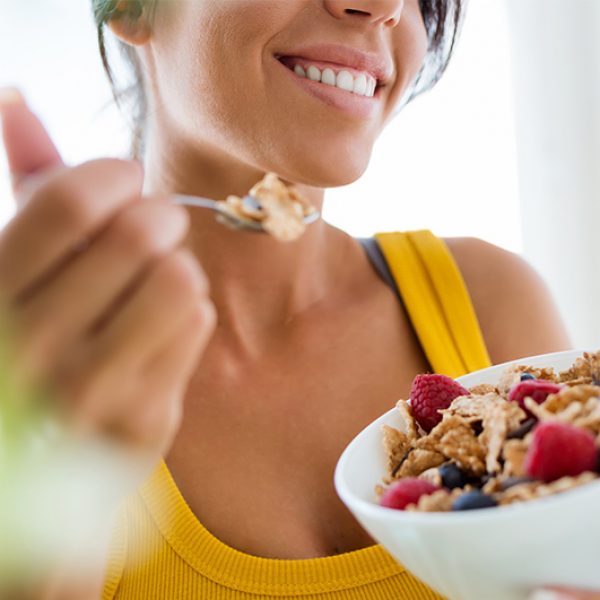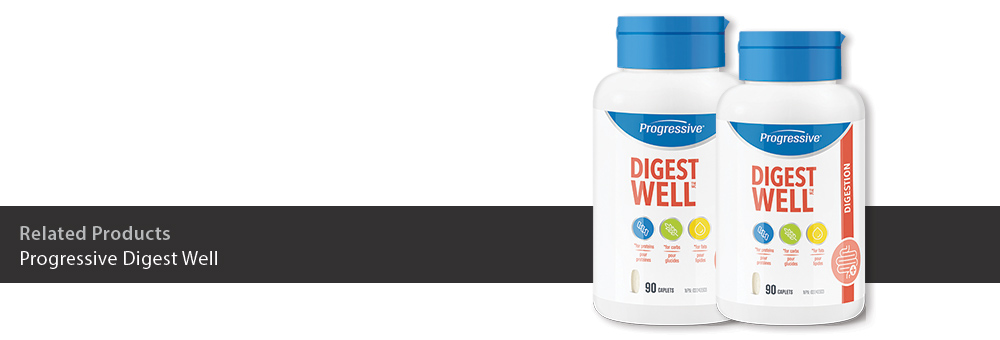

Want a New Normal? Amp Up your Digestion
The tricky thing about living in a body for a while is that we come to believe that the way our systems are working and how we feel most days are normal. It doesn’t really help that our health care system uses the term normal to describe how most people experience health most of the time. If you’re reading this article, though, you probably aim to do better than that.
Normal versus optimal
There are many examples of how we might experience normal versus optimal. Normal energy levels, for example, may allow you to go to work and make dinner before crashing in front of the TV for a few hours then trudging off to bed. Optimal energy might allow you to get some exercise every day, do some volunteering, take a part-time course or socialize with friends after work.
Another example involves bowel function. Normal bowel movements can occur as little as three times per week. Optimal bowel function for an adult involves the elimination of approximately 100 to 250 grams of feces daily – not that you are likely to weigh it. Optimal bowel movements should occur relatively fast and without straining. In other words, you shouldn’t have time to read this article while sitting on the commode.
Obviously, choice of foods impact both our energy levels and our bathroom habits. If you want to improve either area, be sure to eat a variety of sources of both soluble and insoluble fibre. A variety of fruits, vegetables and lean sources of protein can help. If you really want to amp up your normal, however, you need to consider how well your digestive system is functioning.
Normal versus optimal digestion
After taking a bite, chewing helps to increase the surface area of foods by breaking them into smaller pieces. A greater surface area allows for the chemical processes of digestion to have more to work with. Even in your mouth, the digestive enzyme amylase gets to work breaking down carbohydrates. After you swallow, hydrochloric acid in your stomach works with proteolytic (protein digesting) enzymes called proteases and lipases that break down fats. When all goes well, you feel energized and have healthy bowel function.
Unfortunately, you may not be benefitting from optimal digestive enzyme power. Because humans don’t make the cellulase enzymes that digest plant fibre (cellulose), eating high fibre foods like broccoli and beans can lead to flatulence, which might make you avoid them. But fibre is critical for optimal health because it feeds beneficial bacteria who then create health-promoting short-chain-fatty acids and vitamins.
Pancreatic enzymes involved with digestion of fats and protein also start to decrease after your 30th birthday. Steatorrhea or fatty stool that is pale, greasy and floats may be a sign that your dietary fats are being broken down and absorbed properly. Deficiency in the enzyme lactase leads to an inability to digest the dairy sugar lactose. Consequences of eating dairy for someone who is lactase deficient include gas, bloating, cramps, and diarrhea. None of these situations are optimal.
Getting to optimal
What you eat is important, but what you digest and absorb is equally so. Make sure you provide your body with the materials required to make those digestive enzymes. Fortunately, raw fruits and vegetables provide many of the enzymes required for their own digestion. In other words, along with fibre and nutrients, that apple in your lunch comes with a side order of enzymes that will help you digest it. Common plant sources of protein-digesting enzymes include pineapple (bromelain) and papaya (papain). Note that food-delivered enzymes are deactivated when cooked, which explains why we often feel more energized after a salad than we do after a plate of pasta. Be sure to enjoy some of your veggies raw.
If you want help getting to optimal, try Progressive’s Digest Well enzymes. This complete digestive enzyme blend contains bromelain and papain to promote protein digestion, cellulase to break down food fibres, amylase for carbohydrates, lactase for dairy foods and lipase to help assimilate dietary fats. Be sure to take digestive enzymes especially when you eat foods that have been cooked. Digest Well enzymes can help you create a new, optimal normal.
References
Holscher, H. D. (2017). Dietary fiber and prebiotics and the gastrointestinal microbiota. Gut microbes, 8(2), 172–184. doi:10.1080/19490976.2017.1290756
Laugier R, Bernard J, -P, Berthezene P, Dupuy P. (1991). Changes in Pancreatic Exocrine Secretion with Age: Pancreatic Exocrine Secretion Does Decrease in the Elderly. Digestion, 50:202-211. doi: 10.1159/000200762
Walter SA, Kjellström L, Nyhlin H, Talley NJ, Agréus L. Assessment of normal bowel habits in the general adult population: the Popcol study. Scandinavian Journal of Gastroenterology. 2010;45(5):556-566. doi:10.3109/00365520903551332.

